Cranberry Sauce with Orange
Introducing a tantalizing twist on the classic cranberry sauce: Orange-infused Cranberry Delight. Bursting with vibrant flavors and a zesty citrus kick, this recipe elevates the traditional Thanksgiving staple to a new level of culinary bliss.
Fresh cranberries, handpicked for their plumpness and tartness, are simmered to perfection with a medley of aromatic spices. But what sets this recipe apart is the addition of succulent oranges. Their juicy sweetness melds seamlessly with the tangy cranberries, creating a harmonious symphony of flavors that dance on your palate with each delightful spoonful.
To enhance the citrusy essence, freshly squeezed orange juice and zest are added, infusing the sauce with bright, refreshing notes. A touch of honey lends a subtle sweetness, perfectly balancing the cranberries’ tartness and the oranges’ acidity.
Whether served alongside roast turkey, spread on warm buttered rolls, or spooned over creamy desserts, Orange-infused Cranberry Delight promises to be the star of your holiday table, delighting guests with its irresistible blend of sweet, tangy, and aromatic goodness.
History of Cranberry Sauce
The history of cranberry sauce is intertwined with North America’s cultural and culinary heritage, particularly in the United States. Native to the region, cranberries have been a vital part of Indigenous diets for centuries. Indigenous peoples, such as the Wampanoag and Algonquian tribes, utilized cranberries for their nutritional value and medicinal properties, often combining them with sweeteners like maple syrup or honey.
The first recorded instance of cranberry sauce resembling what we know today can be traced back to the early 18th century. European settlers began incorporating cranberries into their culinary repertoire, adapting Indigenous techniques and recipes. It’s believed that cranberry sauce, similar to modern versions, became a fixture on American tables during Thanksgiving celebrations by the 19th century.
With the commercialization of cranberry cultivation in the 19th and 20th centuries, cranberry sauce became more accessible and popular. Canned cranberry sauce, introduced in the early 20th century, further solidified its place as a staple of holiday feasts.
Today, cranberry sauce remains an iconic component of Thanksgiving and Christmas dinners, symbolizing tradition, abundance, and North America’s rich culinary heritage.
Cardamom Powder
Cardamom powder, derived from the seeds of the cardamom plant, is a culinary treasure cherished for its exquisite flavor and aromatic allure. This versatile spice adds a burst of warmth and complexity to sweet and savory dishes. With its distinctive sweet, floral, and slightly peppery notes, cardamom powder enhances the taste profile of various cuisines, from Indian curries to Scandinavian pastries.
In baking, it infuses cakes, cookies, and bread with a captivating aroma and a hint of sophistication. When used in savory dishes such as stews or rice pilafs, it lends depth and richness to the overall flavor profile. Cardamom powder is also celebrated for its medicinal properties, which are believed to aid digestion, freshen breath, and promote overall well-being.
A pinch of this enchanting spice can transform ordinary dishes into culinary masterpieces, making cardamom powder a beloved staple in kitchens worldwide.
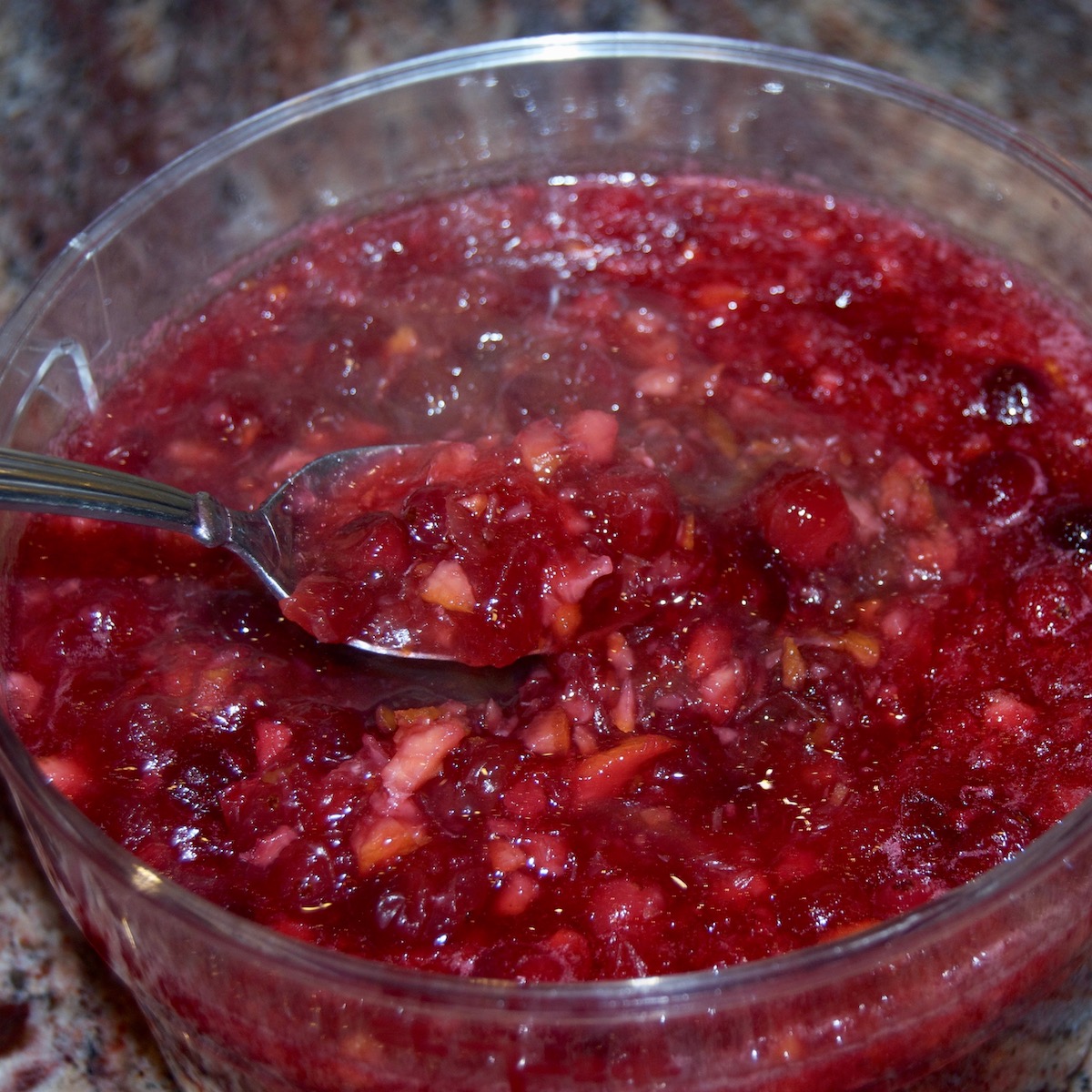
Cloves
Cloves, the dried flower buds of the Syzygium aromaticum tree, are an indispensable spice revered for their intense aroma and bold flavor profile. With their warm, pungent, and slightly sweet taste, cloves add depth and complexity to sweet and savory dishes.
In culinary applications, cloves are a staple in spice blends such as garam masala and pumpkin pie spice, imparting a distinctive note that elevates the overall flavor profile. They are commonly used to infuse broths, stews, and marinades with their rich essence, lending a robust, earthy undertone to savory dishes.
In baking, cloves are a quintessential ingredient in gingerbread cookies, fruitcakes, and mulled wine, contributing a warm, spicy flavor that evokes the cozy comforts of the holiday season. Beyond their culinary uses, cloves have also been prized for their medicinal properties, which are believed to possess anti-inflammatory and antimicrobial benefits.
Whether used whole or ground, cloves are a versatile spice that adds depth, warmth, and complexity to many dishes, making them a beloved ingredient in kitchens worldwide.
Fresh Orange Cranberry Sauce
Ingredients
- 1½ cups water
- 2 cups sugar
- 3 cups cranberries cleaned and picked over
- 1 medium orange unpeeled and chopped fine
- 1 tsp ground ginger
- dash cinnamon
- dash cloves
- dash cardamom powder
Instructions
- Wash the cranberries and pick through them looking for any loose stems or stones. Leaving the peel on, finely chop the orange and you are ready to start.
- Combine the sugar with 1 cup of the water in a medium-sized saucepan and heat until sugar dissolves.
- Add cranberries, cover, and simmer for 10 minutes, uncover, and simmer for another 10 minutes. Stir occasionally.
- Add the remaining ½ cup of water, chopped orange, ginger, cinnamon, and cardamom powder, then simmer for 20 minutes, stirring often. Chill the sauce.

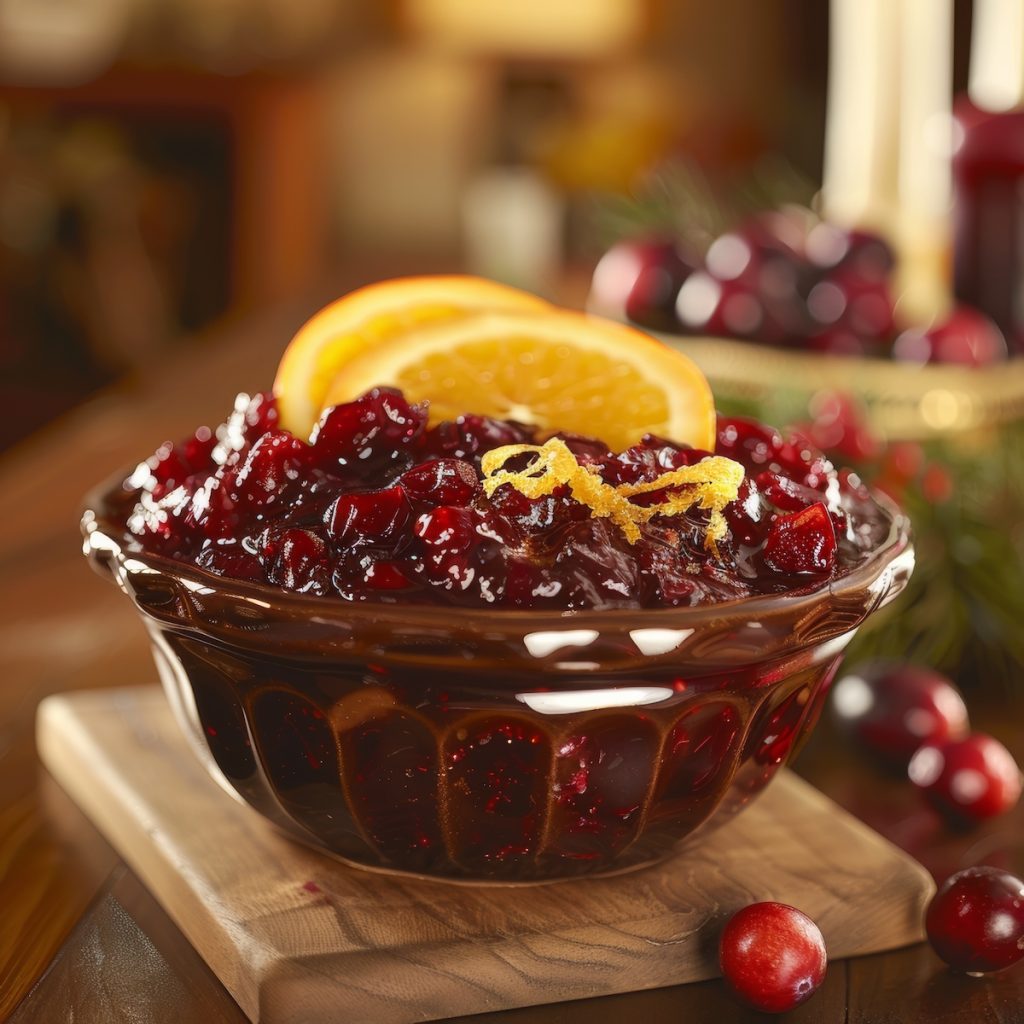
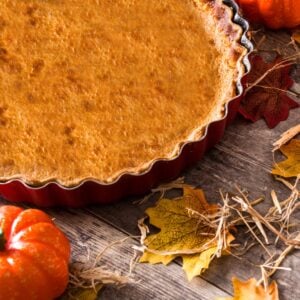

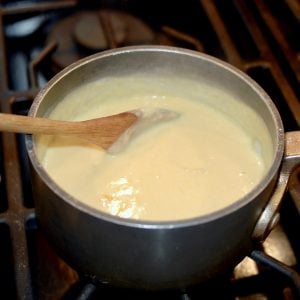
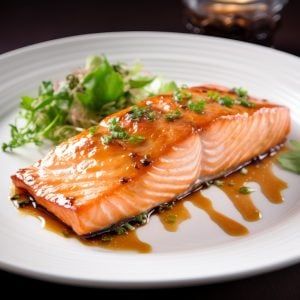
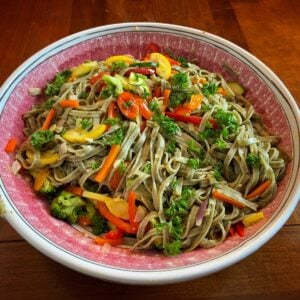
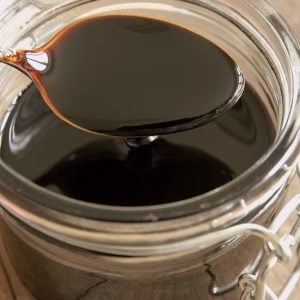
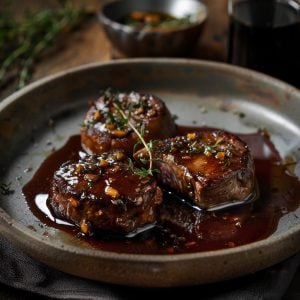
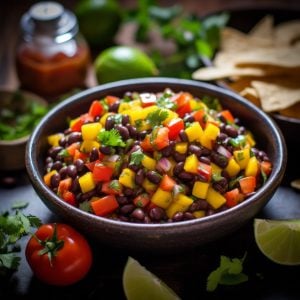
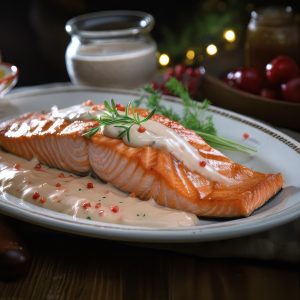
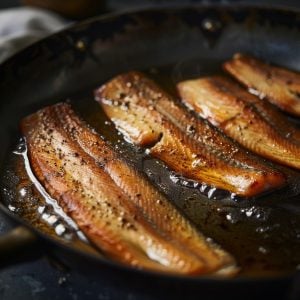


6 Responses
I found this recipe a few years ago online and have made it every year since then. I grew up with homemade cranberry sauce and have become sort of a snob about it as I refuse to eat it out of the can! If you like homemade cranberry sauce with a hint of spice, you’ll love this recipe. It’s really great and reminds me of my mother’s.
really nice recipe! i did 50-50 water and OJ. thinking of adding a bit of disaronno or amaretto next time for an upgrade!
I love this recipe! I made it with blackcurrant now and it’s delicious! Instead of sugar I use erythritol stevia and it works very well 🙂
Thanks Maryana for letting me know and your helpful substitutions.
I found this recipe more than a decade ago and I make it every year for Thanksgiving. Everyone that has had it likes it better than other recipes they have tried and I am asked every year for the recipe. I use about half the amount of sugar and it is still plenty sweet. The seasoning is just the right combination to give it a great flavor.
Thank you for sharing this!
You are welcome and thanks for reaching out to me.